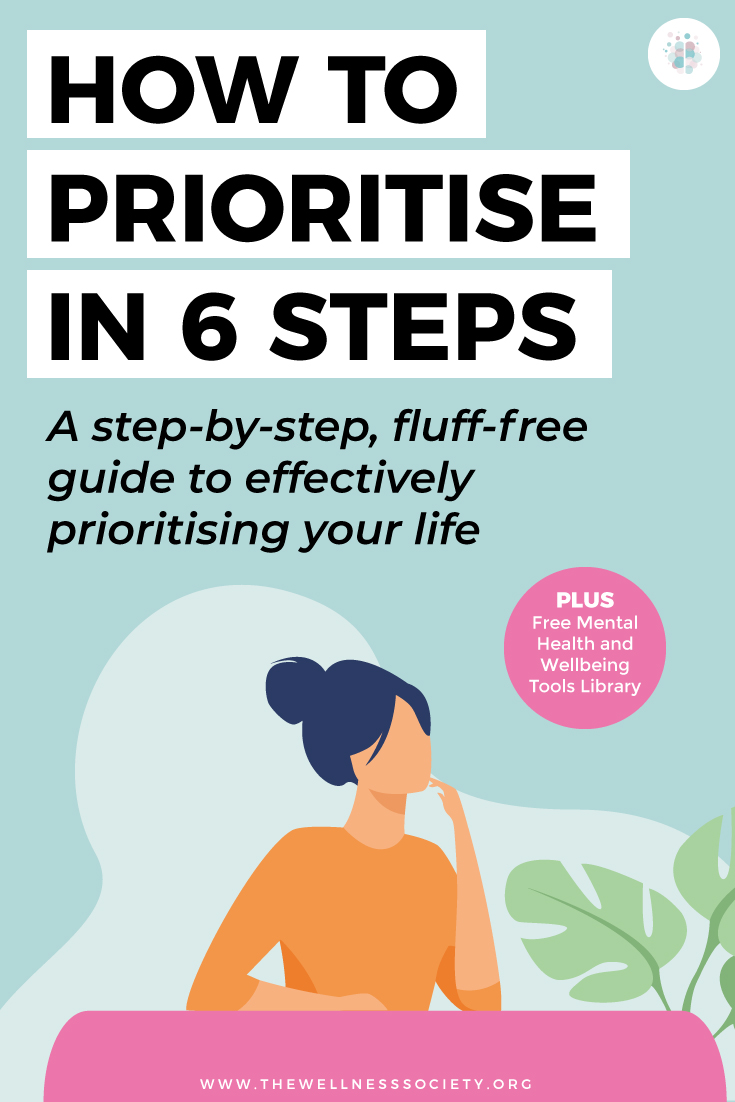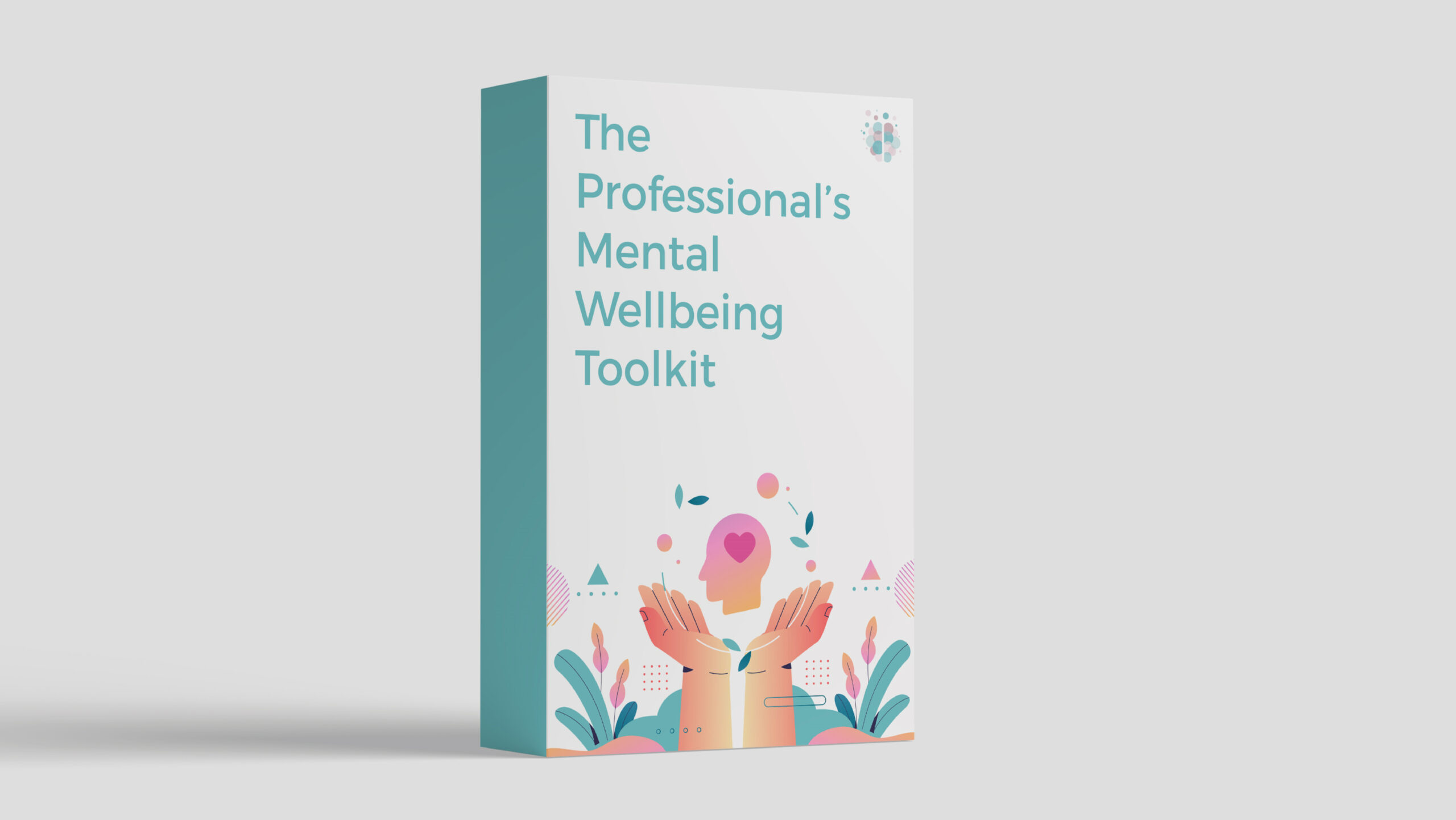Firstly, when we’re experiencing adverse pressure, it's helpful to know what is going on in your mind and body.
The amygdala is the part of your brain that regulates your emotions. When it identifies a threat (such as too much to do in the time we have available to us), it signals to the body to provide energy in preparation for fight or flight.
Adrenaline and cortisol are released to increase alertness, provide energy and stimulate appetite to replace it.
Whilst all this is going on, the neocortex, the logical part of your brain that enables you to apply logic and problem-solve, is disabled, leading to the sense of overwhelm.
People who experience demand avoidance may have especially heightened amygdala activity, contributing to increased stress and resistance to external demands.
Conscious, focused breathing is a simple and effective tool which can consciously counteract the subconscious conditioning that is creating havoc in your mind and body.
Diaphragmatic breathing can slow down your heart rate, reduce blood pressure, slow brain wave activity and reduce muscle tension. It helps return your body to homeostasis and reactivates your neocortex.
Step One: Breathe
Sit comfortably with your spine upright or laying straight back, and start to focus on your breath.
Gradually increase the length of both inhalation and exhalation until both are slow and of the same count.
Breathe in slowly, down into the belly. Relax your shoulders and chest and allow the ribcage to loosen and inflate.
It’s often helpful to count your breath in and out to ensure a slow, even cycle that takes the focus of your mind away from the stressful or worrying thoughts that are manifesting in your body.
Remind yourself in this moment you are, indeed, safe. It’s just your mind running away with itself. Right now, all is well.
Once you feel calmer, you are now in a position to think about how to prioritize your life and get organised.
Step Two: What’s Most Important to You?
When learning how to prioritize your life, it’s helpful to consider what is most important to you in your life right now.
These aren’t the thoughts or tasks that have been buzzing in your head - these are the fundamental things in your life that you value the most.
Write these things down, max 3 bullets.
Step Three: Write Down Everything on Your Plate
Write down everything that’s on your plate right now.
Avoid analysis or any particular order, just get it all down on paper.
Once it’s all visible, it’s easier to identify how to prioritize.
Step Four: Determine Which Are Important and Urgent
Refer to the tasks you’ve written down. Take each one in turn and ask yourself:
- Is it URGENT? Urgent tasks require immediate attention, they cannot be ignored. However, it doesn’t necessarily have to be you who completes all of the tasks.
- Is it IMPORTANT? Will it contribute to one of your bullet points from Step Two?
If you have a clear idea of what’s truly important, you can more easily avoid being distracted by urgent but non-important tasks.
Step 5: Plot Tasks on The Grid
Plot everything in the appropriate box on the grid below according to whether you will choose to do, delay, delegate or ditch.
|
|
Urgent
|
Not Urgent |
|
Important |
I Activities: Crises Pressing Problems Short deadlines DO? |
II Activities: Prevention Relationship Building Planning, recreation DELAY? |
|
Not Important |
III Activities: Interruptions Popular activities Important to others DELEGATE? |
IV Activities: Trivia Time wasters Pleasant for others DITCH? |
Source: Stephen R Covey – 7 Habits of Highly Effective People
Step 6: Take Action
Once you’ve plotted your current tasks, you can start taking action.
First, delegate the tasks in Box III so that they’re taken care of, and ditch or ignore those in Box IV. Already this should help you to feel less overwhelmed with fewer tasks on your plate!
Now start completing the tasks in Box I, focusing on just one thing at a time. When other tasks pop up, remain disciplined by allocating them to the appropriate box.
Once you’ve completed the tasks in Box I, your mind should be calm and clear enough to tackle those really important, less urgent tasks in Box II. These are the ones that align to the bullets you wrote that are vitally important to you, so will feel truly rewarding.
For a printable worksheet on this, be sure to check out The Professional's Mental Wellbeing Toolkit.Summary
In summary, when considering how to prioritize your life, take the following steps:
- Breathe - calm your mind and body through some diaphragmatic breathing techniques
- Get clear on what’s most important - to you, in your life, right now
- Write everything down – it helps to visibly see it!
- Determine which are important and urgent– the key to effective prioritization
- Plot tasks on the grid – decide whether to do, delay, delegate or ditch
- Take action – remain focused on one thing at a time and you’ll lighten the load!
Build Your Coaching Toolkit
Want a library of practical tools to share with clients? Check out The Professional's Mental Wellbeing Toolkit today. It's "everything you need all in one place."
More Popular Articles

About Alison
As a holistic lifestyle coach, I focus on physical, mental and emotional wellbeing. Everything we think, feel, eat, drink and do impacts our wellbeing - it's all interconnected. I help raise self-awareness, challenge limiting beliefs, develop self-confidence and support people to live the life they desire and deserve. As well as having 20 years’ experience as a Learning & Development Professional, I'm a fully qualified Member of the Chartered Institute of Personal & Development, an Endorsed Certified Business Coach with ILM, and I hold a Diploma in Holistic Lifestyle Coaching and Nutrition.Website
Pin For Later


